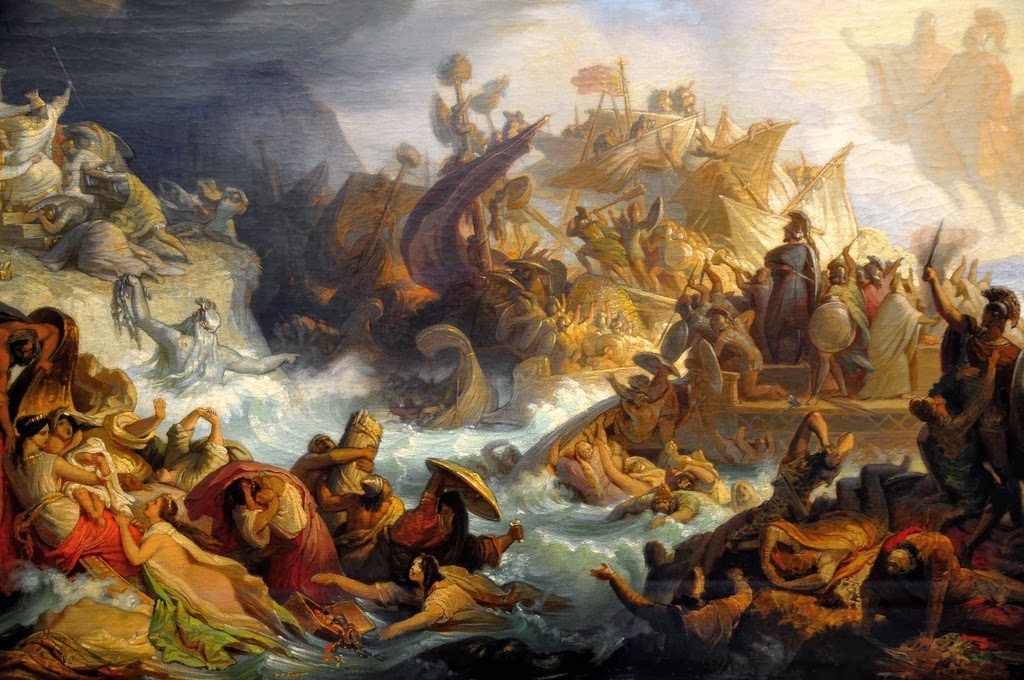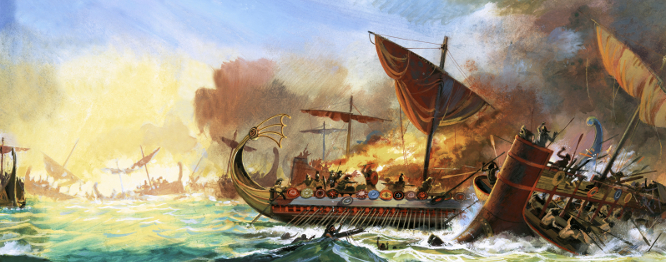I was there too
4th Grade History: The Naval Battle of Salamina
The Classic Years-Chapter 18 (Greek Educational System)
Go to the lesson
|
|
A History lesson that can be done through classic paintings and with an artistic approach.
Materials for the lessonPaintings that present the historic theme of a lesson. Here the Naval Battle of Salamis.
|
Layout of the classroomThe desks at normal position for viewing the projection. |
|
1st PhaseThe teacher could start by narrating the historic fact by presenting first another artistic object such as a map of the area. In this case the narrow ways between Athens, Salamis and Psitalia and the position of the Naval armies of the Greeks and the Persians. The images of the Greek Ship (trireme) and its description. |
|
2nd PhasePresentation and projection of the painting.
|
|
3rd PhaseActivity
|



 SmartOWL
SmartOWL